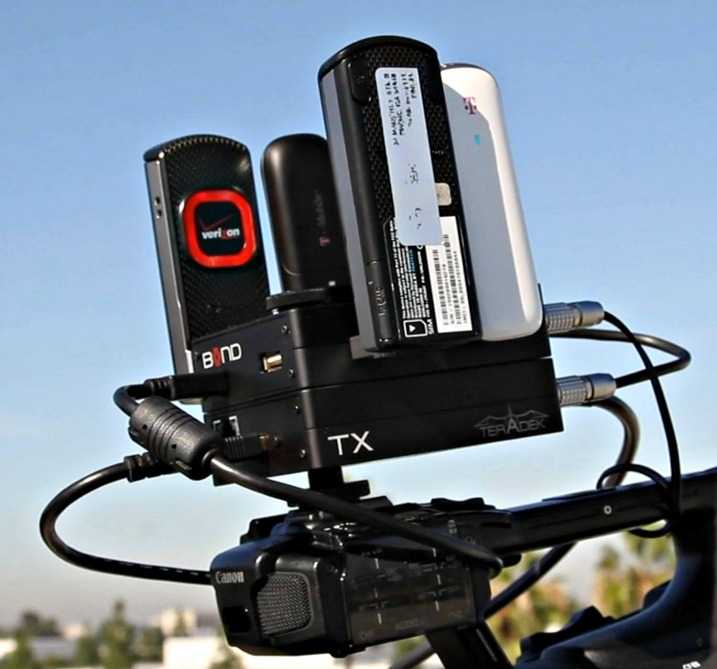Έρχεται το 4G;
Πάντως όπως μαθαίνουμε περισσότερο από το 50% των κινητών που θα πουληθούν φέτος θα είναι 4G ή 3G παγκοσμίως. Αυτά σύμφωνα με νέα έρευνα της ABI Research. Ο δε αναλυτής της εταιρίας κος Jake Saunders – vice president of forecasting για την ABI Research είναι αισιόδοξος αφού λέει επιπλέον πως οι εταιρίες είναι ‘σιωπηρά αισιόδοξες’ για τη χρονιά που ξεκίνησε.
Μιλάμε για πρόβλεψη για 8% ανάπτυξη, ή 1.67 δισεκατομμύρια κινητά σε όλο τον κόσμο μέχρι τα τέλη του 2012. Αξιοσημείωτο πάντως είναι πως 3G και 4G κινητά θα έχουν το 50% της αγοράς.
Η ABI Research εκτιμά πως η Samsung θα πιέσει έντονα για τα smartphone της σε αναδυόμενες αγορές ενώ η Apple θα στοχεύσει προς τη Νότιο Αμερική και τη Βραζιλία ενώ έχει πιο μεγάλη επιτυχία στην Κίνα παρά στην Ινδία. Η Νότιος Αμερική, λένε οι αναλυτές, έχει το 15% ταν κανονικών και smartphone κινητών παγκοσμίως, αλλά και μεγάλο ποσοστό high-end smartphone – αντιπροσωπεύει το 40% όλων των smartphones σε αξία.
Η εταιρία αναφέρεται και σε μάχες πατεντών ανάμεσα στις Apple, Samsung, Motorola, Google, HTC, Microsoft, και την British Telecom,” (;) ως ένα σημαντικό στοιχείο της χρονιάς…
Αναλυτικά:
3G and 4G Handsets Will Capture More than 50% of Handset Sales in 2012
SINGAPORE – January 5, 2012
“As the festive cheer of the holiday season dies away, the mood among handset vendors remains quietly confident regarding 2012,” observes Jake Saunders, vice president of forecasting. “The outlook will yield growth in the order of 8%, netting 1.67 billion handsets shipped worldwide by the end of 2012. Particularly notable is for the first time, 3G and 4G handset shipments will capture more than 50% of total handsets shipped.”
In the second half of 2011, tier one smartphone vendors began redoubling efforts to promote their smartphone line-up to upwardly mobile, aspirational smartphone owners in emerging markets. Samsung, with its varied smartphone segmentation strategy, has been making substantial inroads into the emerging country smartphone market. Apple is expanding sales channels in emerging markets, with greater success in China than it’s having in India, but is also targeting South American markets such as Brazil. HTC is gaining traction in China, but developed markets such as North America and Europe continue to be the mainstay of its “ship into” markets. RIM, despite its weakness in apps-capable smartphone markets, continues to do well in messaging-centric emerging markets such as Indonesia. Nokia hopes to benefit from Windows Phone 7 Lumia series launches in India (Dec-2011) and China (in 1Q-2012).
The North American handset market, driven primarily by smartphones, is proving oblivious to the Euroland debt crisis. North America is estimated to have closed 2011 with 228 million handsets shipped, for a year-on-year (YoY) growth of 14%, the region’s highest YoY growth in more than five years.
“North America may only represent 15% of feature and smartphone units shipped globally, but due to the high proportion of high-end smartphone sales, it constitutes 40% of total smartphones sold by value. It underscores what is at stake in the patent battles between Apple, Samsung, Motorola, Google, HTC, Microsoft, and even British Telecom,” says Kevin Burden, vice president and practice director, mobile devices.
ABI Research’s new study, “Mobile Device Shipment Market Data,” provides critical data on vendor market share, vendor ASPs, and handset shipments.
It is part of the firm’s Smartphones & Mobile Devices Research Servic
Related posts
Categories
- android World
- cinemart / music / video
- comicmania / books
- computing / social media
- consumer electronics
- design / architecture
- ecotech / electric
- exhibitions
- faq / Infographics
- futuristas / iDea
- gadgetfreak taste
- gadgets / stuff
- gaming / fun
- iOS World
- legends / special
- men's world
- military / aviation
- mobile / smartphones
- space talk
- tablets / multimedia
- tech talk / science
- transport / concept




